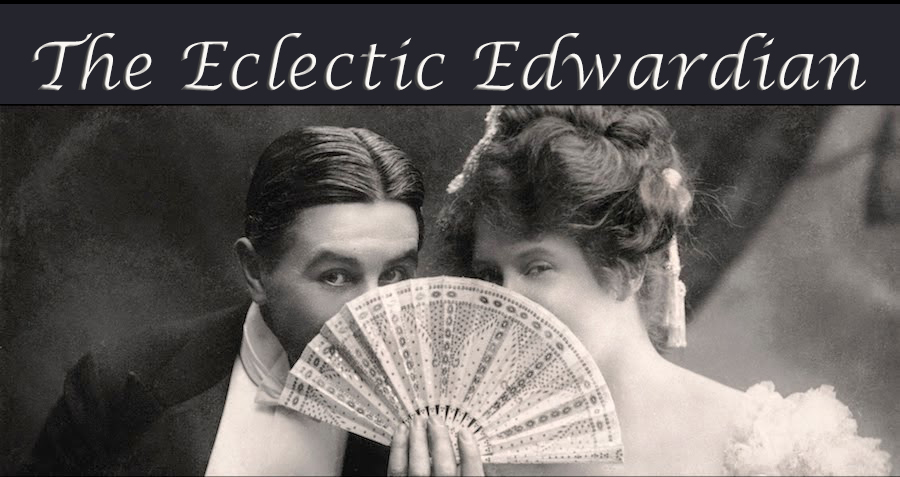Shoreham Beach
It was quite a surprise for me to discover that. from the earliest years of the last century, Brighton and Hove in Sussex had its very own thriving film industry, as shown in this wonderful source, Brighton and Hove, Film and Cinema.
Not only were films made in the town, but in the countryside around, particularly at Shoreham.
Not only were films made in the town, but in the countryside around, particularly at Shoreham.
Marie Loftus
The history of Shoreham's film industry dates back to 1900 when an actress called Marie Loftus (the Sarah Bernhardt of the music halls) decided to visit the beach while working a stint in Brighton. There she found an old stone fort built during the Napoleonic wars, and also some shoreline fisherman’s huts. Finding the setting appealing, she decided to have her own bungalow built, after which she was joined by many friends of similar theatrical bents.
Old railway carriage being floated across the River Adur,
before being converted into Shoreham bungalows
A small colony was soon to grow. What has since been called Bungalow Town was formed of basic wooden frames built around old railway cars, with the wheels removed so that they could then be set on timber and concrete foundations.
Not until after the 1920s was piped water, gas, or electricity available for the bungalows. Those who had lived there previously must have felt as if they’d stepped back in time, relying on candles and paraffin lamps to see when the sun went down at night, collecting fresh water in pails from containers, cooking their meals over camp fires, and using soil cesspits instead of flushing lavatories.
A few homes did have generators installed, but most of the Bungalow home owners who spent much of the year travelling with work seemed to like the natural way of things; as well as the community spirit that came along with a Bohemian lifestyle ~ roughing it down by the sea whilst still having the option of commuting back up to London on the efficient railways.
As well as appealing to theatrical types, the light at Shoreham also drew many artists and photographers who liked to work along the coast. With miles of sea on the one side and the rolling Sussex downs above, the air was unusually free of fog and other pollutants found in towns. This sparkling and luminous quality proved to be an important factor when photographers evolved into film makers who eventually formed a small studio, using the old harbour fort as the stage upon which their movies could be made. Storage rooms were built around, and the walls were hung with canvasses to show the painted scenery. But, of course, this was not perfect. You couldn’t film in wind or rain without the sets becoming wet or wobbling uncontrollably.
F. L. Lyndhurst
It was for this very reason that a large glass studio was built by the director, F. L. Lyndhurst when he established his Sealight Film Company. Within this purpose-built structure a great many comedies were made, with some of the town’s inhabitants being music hall comedians. There was also the chance for locals to become a part of the movie scene when invited to turn up as extras; such as in the invitations often placed on Lyndhurst’s garden gate ~
“People wishing to appear in a film will be allowed to do so free of charge if they present themselves at the old fort at 10 0’clock on ...”
All sorts of people turned up for him. Fishermen. Farmers. Holiday folk. And, after performing as extras for free they’d often pay to go and see themselves on a screen when the films were made: films such as The Showman’s Dream, Whitewashing the Ceiling, or Some Fun.
Much filming was done in the summer months when the daylight hours were longest. The shorter darker winter days were used for creating the title cards, and for editing the special effects, as well as doing the admin for preparing to show at trade fairs.
The introduction of electric lights, powered by oil-fueled generators, could extend the weeks of acting work - although not without the risk of fire. And such a fire did occur after Lyndhurst's original studio had been sold in 1918 to Sidney Morgan and his Progress Film Company.
The Shoreham film business was expanding, with a preview theatre, construction sheds, stores where equipment and costumes were kept, and even accommodation for the actors and staff brought in for the work. But then, in 1922, a terrible blaze broke out one night, destroying most of the premises. It was only due to the awareness of the cameramen, Stanley Mumford, that many films were saved, when, along with his brother, Arthur, he dragged out the boxes kept under their beds in which reels of negatives were kept. After that, he had the presence of mind to set up his camera and film the inferno, recording how many buildings were lost though the main glass studio survived, with only some cracks in the panes of glass of which the structure had been made.
So ended the Progress business in Shoreham... though some others continued to make films there before the glass house was later converted for light industry and storage, Today, it is used as a children’s home, but most of town around is lost ~ demolished during the second world war when the army needed a clearer run for preventing invasion from the sea.
Such an invasion never came. A unique community had been lost. But we have the proof of its legacy in those silent films that still remain.
For more fascinating details and photographs relating to the history of Bungalow Town, please see Neb Wolter's invaluable book: Bungalow Town: Theatre and Film Colony.









No comments:
Post a Comment